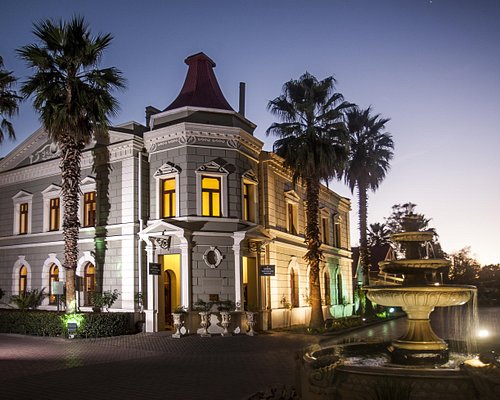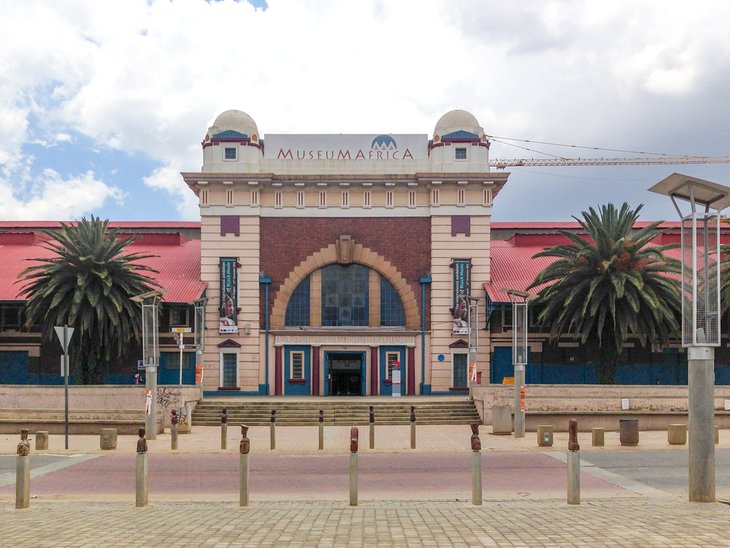Some Known Details About Johannesburg North Attractions
Some Known Details About Johannesburg North Attractions
Blog Article
The Best Guide To Johannesburg North Attractions
Table of ContentsGet This Report on Johannesburg North AttractionsMore About Johannesburg North AttractionsFacts About Johannesburg North Attractions UncoveredHow Johannesburg North Attractions can Save You Time, Stress, and Money.The Definitive Guide to Johannesburg North AttractionsThe Johannesburg North Attractions IdeasFacts About Johannesburg North Attractions Revealed
Nevertheless you need to maintain safety in mind and travelers have to stay alert in all times when in unfamiliar environments. Talk with the residents when you are in community to find out concerning the area you are remaining in. Johannesburg North attractions. When on the street (this does not relate to shopping center and other safe and secure environments) ideal general advice is to try your best to appear like a local and to stay clear of displaying any kind of wide range
Some Known Questions About Johannesburg North Attractions.
Teacher Revil Mason O. J. (Thomson, 1946) checked out the Witwatersrand's pre-colonial background. His archaeological work blew up the 'em pty land' misconception, according to which the area was without human habitation prior to the arrival of European inhabitants. In his magazines Prehistory of the Transvaal: A Document of Human Activity (1962) and Origins of Black Individuals of Johannesburg and the Southern Western Central Transvaal AD 3501880 (1986 ), Teacher Mason demonstrated the degree of social and economic growth in the location before Europeans established foot here.

The Facts About Johannesburg North Attractions Revealed
He acted with the government's consent, approved after he had sworn to keep his explorations trick. In 1874, small-scale mining operations were started in the Magaliesberg, where an Australian, Henry Lewis, had uncovered gold down payments. In 1878, David Wardrop discovered gold in quartz veins at Zwartkop, north of Krugersdorp. In 1881, Stephanus Minnaar stumbled upon gold on the ranch Kromdraai, near the Cradle of Humankind.
In March 1886, a protrusion (soon to be called the Main Coral reef) was found, fairly fortuitously, on Gerhardus Oosthuizen's farm Langlaagte. Some claim that the Lancastrian coal miner George Pedestrian discovered this coral reef. One more travelling English miner, George Harrison (who had formerly functioned in Australian mines) obtained a prospecting licence in respect of Langlaagte in May 1886.
He chose to proceed in a quest for greener pastures, and disposed of his Langlaagte insurance claim for the baronial amount of 10. Alas: under lay the wealthiest goldfield ever before discovered. The discovery of this rich auriferous coral reef prompted a gold thrill that signified the end of bucolic tranquillity in the southern Transvaal.
It would certainly, within 6 years, end up being the biggest community in southerly Africa. Within a years, it would certainly make the Z. A. R. until then an anarchical and bankrupt little state the wealthiest country in Africa. By the turn of the century, the Z. A. R. was to surpass Russia, Australia and the United States of America to end up being the globe's leading gold producer, generating even more than a quarter of the globe's gold.
Johannesburg North Attractions for Beginners
It was recognized as Ferreira's Camp, called after Colonel Ignatius Ferreira. He was a Boer adventurer upon whom the British authorities had presented the condition of Friend of one of the most Differentiated Order of St Michael and St George (entitling him to the post-nominal letters C. M. G.) in gratefulness for his function in the battle that had deposed the Pedi king Sekhukhune in 1879.
Two other camps were developed: Meyer's Camp on the farm Doornfontein, and Paarl Camp. The latter was nicknamed Afrikander Camp; several individuals from the Cape Colony cleared up there.

Rumored Buzz on Johannesburg North Attractions
This name acquired money by word of mouth, such that the State Secretary attested the name to the Mining Commissioner on 9 October 1886. Stands in the town were auctioned on 8 December 1886. While some stands were cost 10, others were knocked down for as little as sixpence.
2 years later on, these erven were to alter hands for as long as 750 each. The tented camps diminished as a dorp of corrugated iron buildings created and expanded north of the mines situated along the Key Coral Reef Road. Areas such as Jeppe's Community (where working-class immigrants erected their dwellings) and Doornfontein check this site out (where the wealthy brand-new 'Randlords' began to construct their opulent homes) were soon contributed to the ever-expanding map of the community.
The Main Principles Of Johannesburg North Attractions
Apart from the road names, there were no indicators of Johannesburg being located in a Dutch-speaking country., virtually everyone spoke English and even the Federal government slaves dealt with one in English, unless they were very first resolved in the Taal (or Low Dutch)'.
Because of this, Britain had a rate of interest in making certain ideal conditions for gold manufacturing on the Witwatersrand, and that the gold was exported to London rather than Berlin a vital provided all the much more clamant by the Z. A. R - Johannesburg North attractions.'s enhancing toenadering with Germany. Mine proprietors got on a clash with Head of state Kruger, whose policy of monopolistic concessions (frequently approved to his cronies) protected continue reading this against mining firms from acquiring products of products (especially dynamite) and labour on their own, less expensive terms
A Biased View of Johannesburg North Attractions
In 1890, the Volksraad had restricted the franchise business to white males that had stayed in the Z. A. R. for fourteen years or longer, hence disqualifying many of the immigrants (that occurred to be the significant contributors to the click here now fiscus). Anxiety for the vote was a simple pretense for advertising a different program; the majority of uitlanders concerned themselves as momentary site visitors and had no intention of remaining in the Z.
Report this page